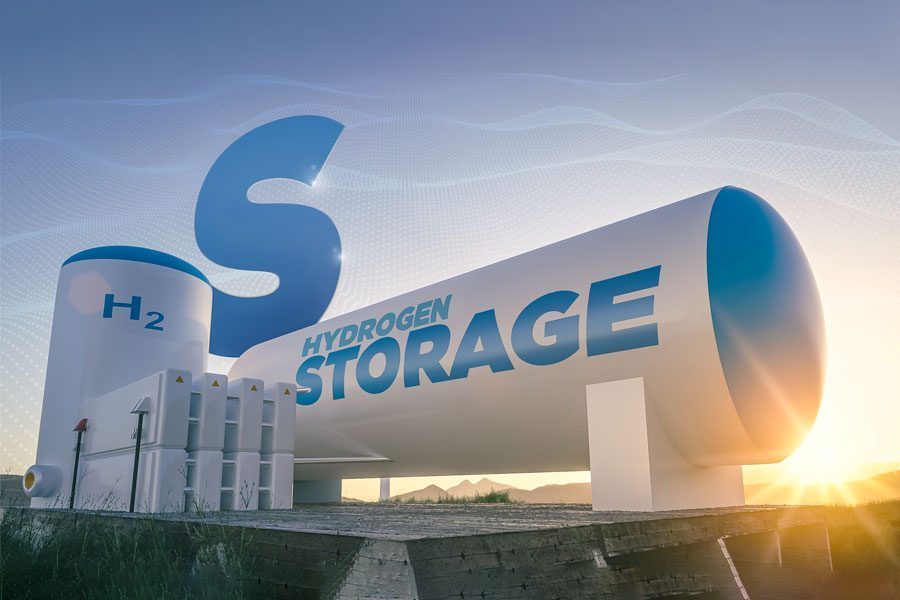Hydrogen A to Z: S for Storage
By: GenH2 Staff
Read Time: 2 minutes
Defining the Hydrogen Economy from A to Z: S is for Storage
2 MINUTE READ
Continuing on in our defining the Hydrogen economy from A to Z series, we are revisiting the letter S and discussing Storage, and this important Hydrogen value chain capability.
Storage is the method of storing something for the future or at a later time. A familiar example of storage is in the modern housing market. The placement and amount of storage available are one of the most attractive or sought-after attributes or something that we design to meet the demands of the homebuyer’s needs. In many countries, all around us, there are also storage units’ facilities that are used to store society’s belongings from short, intermediate to long term. They are varied sizes, different geographical locations, and having different capabilities depending on what and the value of things being stored, and when it will be needed. It has become a part of the infrastructure to support how communities and societies lives.
Moving on from physical storage that is very familiar, to energy storage. The critical need for the infrastructure that supports energy storage of varied sizes or volumes for short-term, intermediate, and long-term use, stationary or mobile is currently needed to meet growing global energy and power demands. The energy storage that we are focusing on today is the methods to store hydrogen for later use. Storage methods include mechanical approaches such as the use of high pressures and low temperatures, or chemical compounds that release H2 when needed. For years hydrogen has been stored as compressed gas or cryogenic liquid and transported as such in cylinders, tubes, and cryogenic storage tanks for use in industry or as a propellant in space programs. With the increasing and significant investment of clean energy initiatives in the U.S. and globally, and the use of hydrogen for onboard storage in zero-emissions vehicles and hydrogen-powered aircraft, improving or advancing methods of storage is being addressed by companies like GenH2.
Improved storage systems approach by GenH2 that was not available decades ago are now possible by controlled storage and smart tanks using cryo-refrigeration technology and equipment. This technology opens the door to modern liquid hydrogen servicing by providing active refrigeration to storage tanks in a practical, cost-effective, and safe manner while providing infrastructure solutions for the use of liquid hydrogen. These solutions are expected to have game-changing effects.
Follow us next week as we discuss Tankage, another piece or component of the storage solution.
Blog written by GenH2 team member: Dr. Martha Williams



